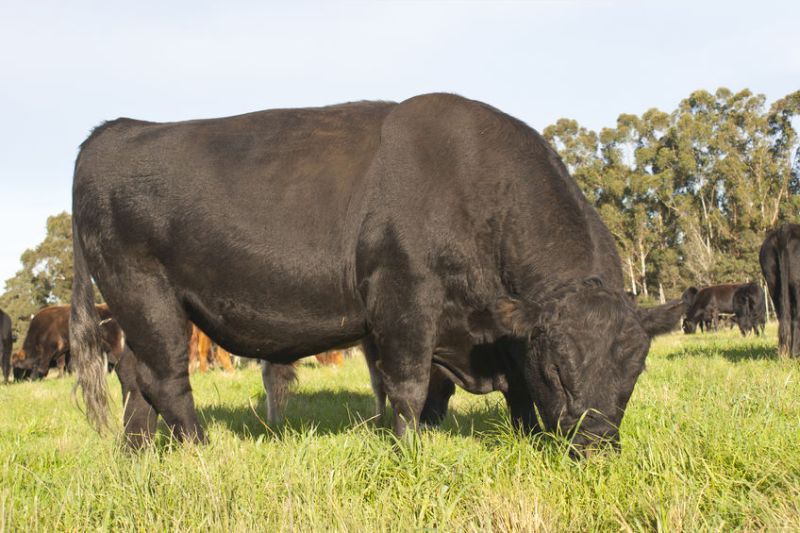
New statistics show that total income from farming in Scotland is estimated to have fallen by £57 million in 2018.
The Scottish government has published its near-final estimates of Total Income from Farming (TIFF) for 2017 and an initial estimate of 2018 TIFF.
Although not all the data are yet in, net income for 2018 was estimated as £672 million, down 8% from £729 million in 2017.
The figures also show that in addition to the fall in farm incomes, input figures are rising and productivity has fallen for the third year in a row.
The total income fall is partly due to the cost of feedstuffs, which is estimated to have risen £74 million in 2018, the SNP-led Scottish government says.
However, the Scottish Conservatives have said that the lack of productivity and ongoing reliance on subsidy is a 'clear manifestation' of the general challenges the sector faces.
The party blames the TIFF figures on the SNP for 'failing' to give farmers 'any certainty' over a future farm support system and the winter feed crisis.
The statistics show that total costs were estimated to have increased about 5%. Labour costs increased £26 million to £441 million, and fuel costs increased £18 million to £147 million.
The total value of outputs only increased marginally. Barley and milk saw the biggest increases in value.
While the harvest was adversely affected by the dry summer, prices were good and barley output was estimated to have risen £58 million to £312 million.
The dairy sector also saw a gain, with increased production and a small increase in price resulting in milk output being worth £402 million, up £29 million on 2017.
Overall, livestock is estimated to have seen a small increase in value in 2018. The largest sector, the beef industry, again remained reasonably steady in 2018, with prices slightly above 2018.
Output from slaughter or sales of cattle amounted to an estimated £714 million in 2018. The sheep sector saw another year of price rises, with output worth £234 million.
Lower prices saw an eight per cent drop in the value of pig meat, to £100 million, while the poultry sector saw a similar decline to £77 million. The value of eggs increased 12 per cent to top £100 million for the first time.
Depressed prices and quantities resulted in a five per cent decrease in the value of potatoes, with both seed and ware dropping.
The vegetable sector saw little change, and now stands at an estimated £140 million. Fruit saw a small increase to £140 million, but growth has slowed since the large increases a few years ago.
Subsidies, including coupled support, were budgeted at to £549 million in 2018. The figure, which for accounting purposes is based on the claim year irrespective of when payments are actually made, includes £425 million in direct payments, a further £66 million in support for Less Favoured Areas, and £47 million in coupled support.
Income from farming information is used to monitor the performance of the industry, but also as part of the calculation of Scottish GDP and in the UK National Accounts. The 2018 figures will be revised next year, once more complete data are available.
